10 simple first aid tips but 90% of people still do wrong
- The first aid steps in time when the hand jammed into the door gap
- The first aid procedure Heimlich had when he got a heterozygous object
- 15 important survival skills you need to know to save yourself
When you know how to provide basic first aid and help yourself, you can save the victim, but it is important that you do it properly so as not to damage the life of the victim you are trying to help. In an emergency, basic first aid is essential, but if that's the wrong way, you're making the situation worse.
The Bright Side page describes some common mistakes that people often make when giving first aid. Here are the first aid methods everyone needs to know and do right. Let's TipsMake.com refer to 10 simple first aid tips but 90% of people still make mistakes below!
1. Wash the wound with alcohol or old oxygen

Wrong handling: People often wash wounds with hydrogen peroxide ( oxygen ), alcohol or iodine (iodine tincture ) every time they get scratched, but that's completely wrong. Because old oxygen destroys connective tissue, it makes the wound heal more slowly, while alcohol and iodine alcohol burn healthy cells, causing pain, shock and burns.
Correct handling: Wash the wound with clean water or boiled water, apply antibiotic ointment to heal quickly. Do not put gauze on the wound when it is not needed, as it can cause moisture to cause the wound to heal well and when peeled it is also very painful.
2. Perform the technique of compressing heart blowing
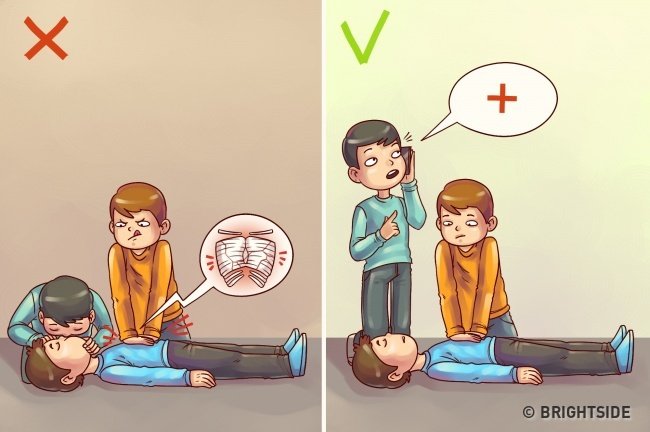
Incorrect handling: If you have not practiced this method properly, the wrong force and wrong posture will lead to fracture of the ribs and can cause serious lung damage.
Correct handling: Only first aid should be given to cardiopulmonary massage if you are sure that the patient is no longer breathing, the pulse is stopped and no doctor is around. While one person calls for an ambulance, there is 1 person with a heart massage with a frequency of 100 beats per minute. For children, you should only gently massage your heart with a finger with a lower frequency. CPR should also be done when the heart has shown signs of bouncing back. Or you can take 30 heart massages and 2 breaths and repeat them repeatedly.
3. Take Paracetamol when having a headache
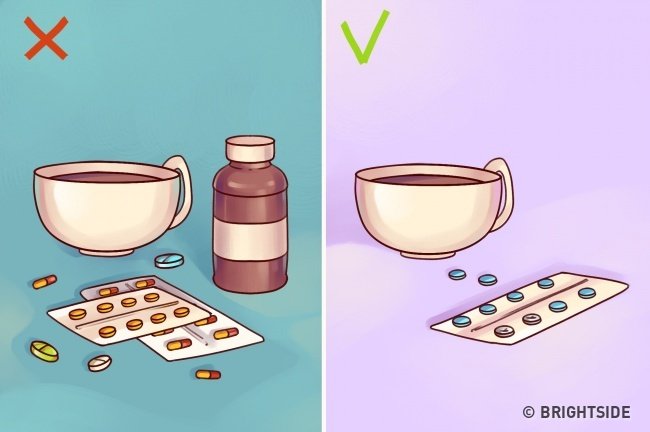
Wrong handling: Paracetamol or acetaminophen are analgesic, anti-inflammatory, often prescribed for many diseases. However, taking the wrong way or misusing the drug can lead to liver failure and kidney failure.
Correct handling: Using the drug in sufficient doses, adults should only use up to 1g each time ( 4g daily ). If not necessary, you should limit use to avoid overdose. Acetaminophen is found in many medicines, especially anti-flu drugs. Using them in combination with other drugs may lead to overdose, affecting health.
4. Hold blood when nosebleed
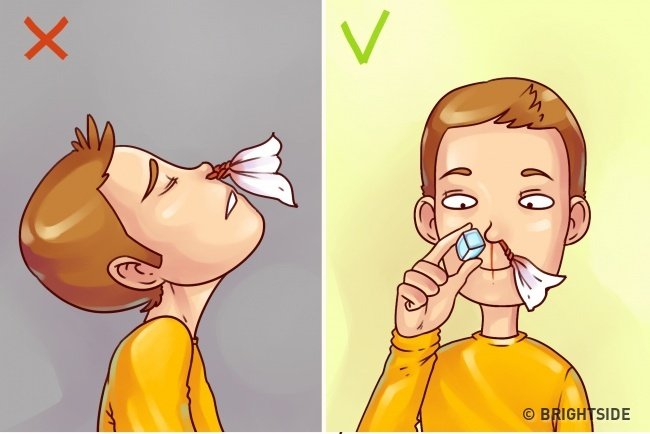
Wrong handling: When nosebleeds, people often lie on their backs or tilt their necks up so that blood doesn't flow out. But this is a way to make blood pressure rise and you don't know how serious the bleeding is. Blood may flow back into the lungs causing vomiting and danger.
Correct handling: Keep the head straight so that blood flows downward and relieves pressure on the nose. Use cold ice to apply to the side of the nose to help the vein shrink, preventing bleeding. Then, squeeze your nose with your hands for 15 minutes and temporarily breathe through your mouth until the bleeding stops. If the bleeding is not possible or the wound is too severe due to a traumatic injury, go to the nearest medical center for the doctor to treat the wound.
5. Rescue victims of car accidents
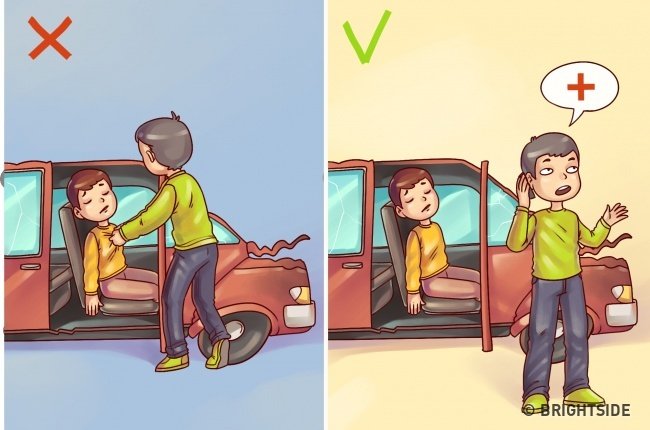
Wrong handling: When an accident occurs, people often try to pull the victim out of the car and put them in a more comfortable position, but this is a completely wrong job. Most deaths in accidents are common due to neck and spinal injuries. Only the slightest mistake when pulling the victim out of the car can be paralyzing or even deadly.
Correct handling: If the victim has an injury to the head, neck or spine ( loss of sensation in the arms and legs but does not bleed ), call an ambulance immediately and monitor the patient's breathing until The doctor came, not the victim. Besides, if the car shows no signs of fire or explosion, it is best for the patient to stay in place.
6. First aid for poisoning
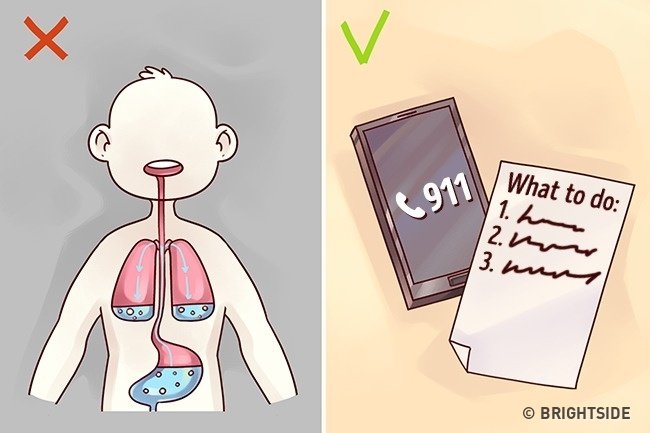
Wrong handling: Using emetic drugs to completely eliminate toxins is a wrong way to give first aid to poisoning patients, as that can burn the esophagus, enabling the poison to flow into the lungs.
Correct handling: When there are signs of suspected poisoning, call an ambulance and describe the symptoms or sources that may cause poisoning, note the doctor's instructions while waiting for an ambulance to arrive. Do not self-assess the level of the patient's risk or consult how to treat it online. Taking overdose, alcohol poisoning or food is very dangerous if not treated promptly. Handling the wrong way also causes the poisoned person to die within an hour.
7. Stop bleeding when injured
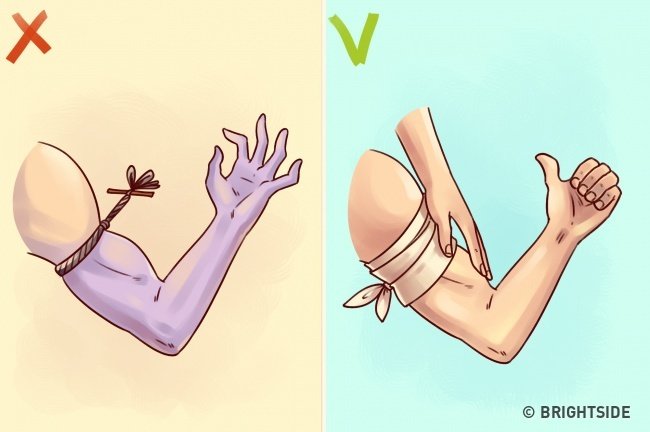
Wrong handling: When seriously injured and bleeding, people often tie the rope tightly before the injury to help stop bleeding. However, improper or unnecessary application may interfere with blood flow, increasing pressure on the limbs leading to necrosis.
Correct handling: Apply lots of cotton and gauze bandages firmly onto the wound until the ambulance arrives. Only tying the fabric to stop bleeding when the wound is extremely serious, the risk of death is higher than the risk of hand or foot necrosis.
8. Rescue people with epilepsy
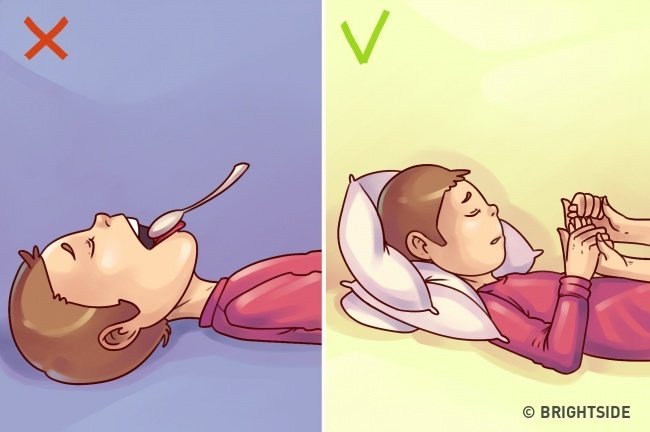
Wrong handling: People often assume that people with epilepsy can easily swallow or bite their tongue in danger, so put a spoon in their mouth to prevent it. However, the patient may swallow the spoon to suffocate, damage the jaw or tongue.
Correct handling: In fact, epilepsy does not cause much damage to itself, whether the patient is out of control or becomes cyanotic. What you need to do is call the doctor and make sure the patient can breathe. Theoretically, science proves that people with epilepsy cannot swallow their own tongue and it is not dangerous to bite their tongue. The thing to do is to change the patient's position to lie on his or her side or head high to help them breathe more easily.
9. When bitten by snake
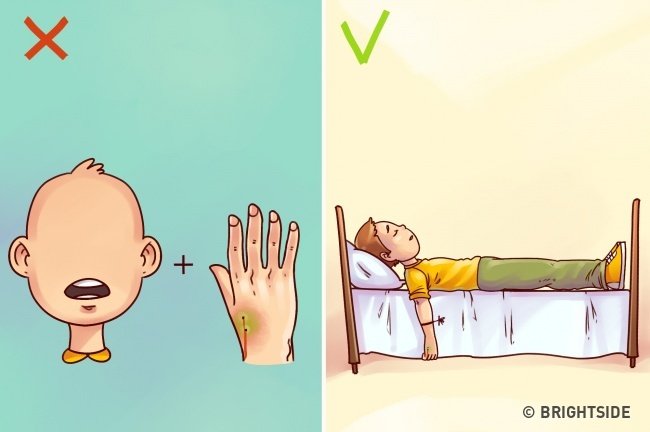
Wrong handling: If bitten by an insect or poisonous snake, don't try to suck the venom out. Our mouth contains a lot of bacteria. Therefore, the use of the mouth to suck toxins accidentally caused " poison more toxic ". When using the mouth in contact with the bite, it means that we directly infected the wound. This first aid makes the toxin penetrate faster, which can lead to pulmonary edema or heart failure.
Correct handling: If you have a bite in your hand or foot, lie down in a high place and keep the wound below the heart to limit the flow of the poison. Then call an ambulance and drink plenty of water while waiting for the doctor to arrive.
10. When taking the patient to the hospital
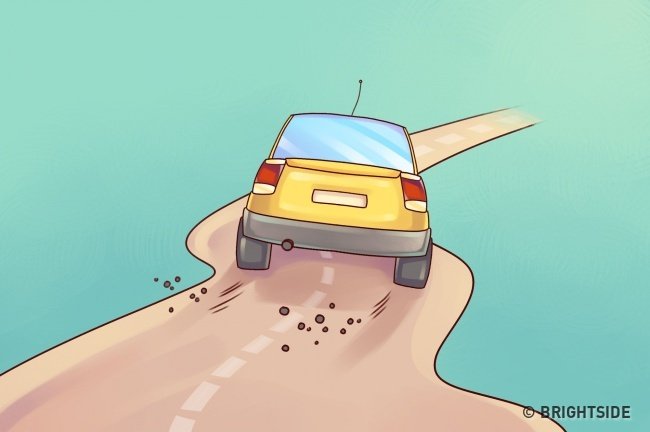
Wrong handling: Take the patient to the nearest hospital.
Correct handling: Call an ambulance, describe the patient's condition to be answered about the most suitable hospital. Not every hospital has the necessary specialists, drugs and equipment, bringing patients to a place that could lead to extra time to transfer, and even sometimes dangerous travel.
See also: How to survive when an earthquake occurs?
Having fun!
You should read it
- 17 important survival skills you need to know to save yourself
- The 6 foods you eat are more susceptible to food poisoning
- 10 life protection skills against dangerous situations
- 12 food quality testing tips to avoid poisoning
- The best health apps on Android and iOS that everyone should install
- Botulinum poisoning, a dangerous disease that everyone can get if not careful
 Husband should do to help his wife avoid postpartum depression
Husband should do to help his wife avoid postpartum depression Serious harms of washing your hair too late
Serious harms of washing your hair too late How to prevent and treat pinkeye
How to prevent and treat pinkeye How to cure pinkeye quickly and effectively
How to cure pinkeye quickly and effectively 7 ways to self-check out the very simple health situation at home
7 ways to self-check out the very simple health situation at home 3 simple ways to treat numbness of the feet and toes
3 simple ways to treat numbness of the feet and toes